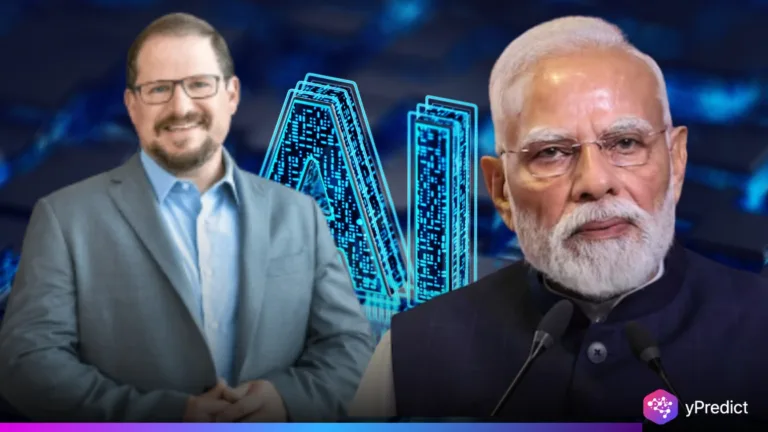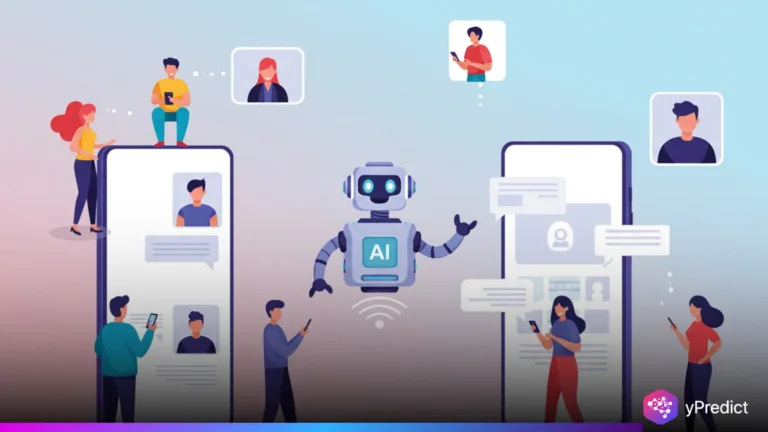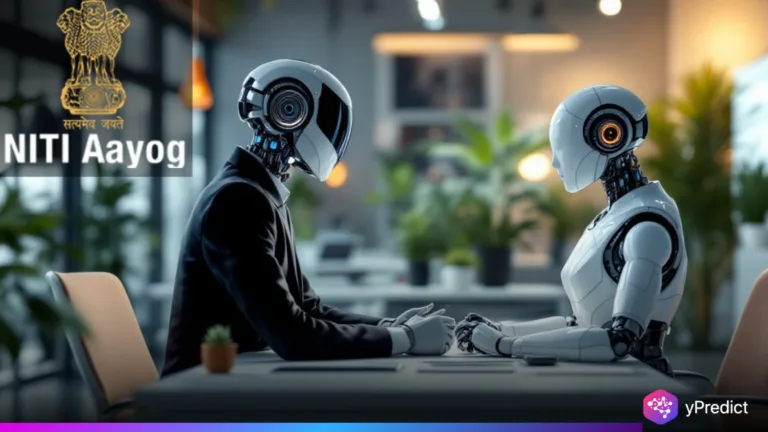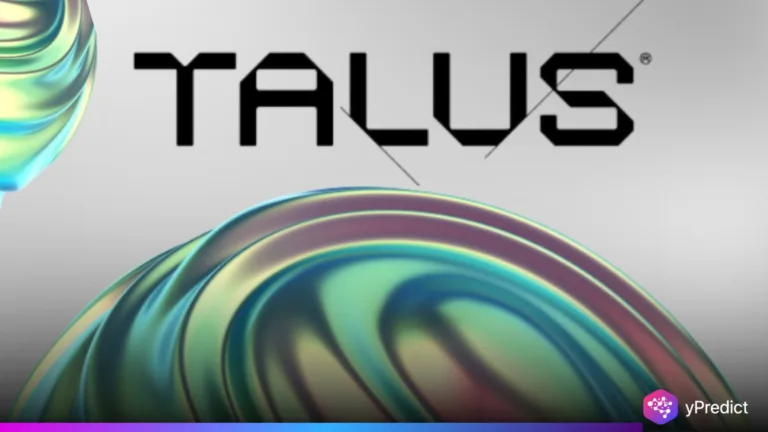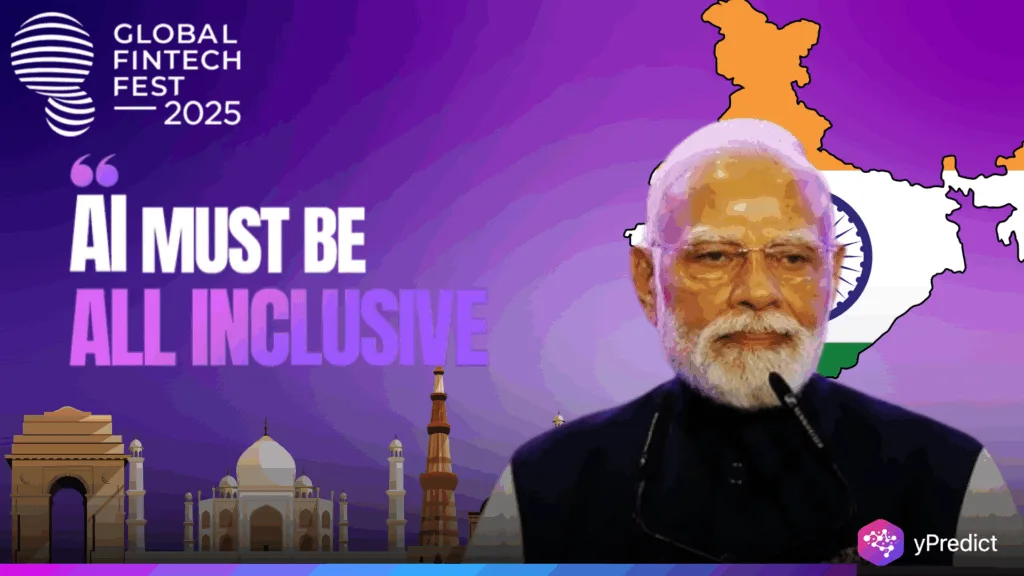
Prime Minister Narendra Modi called for a global framework on Ethical AI during his speech at the Global Fintech Fest 2025 in Mumbai. He said India’s vision for AI is “All Inclusive,” linking technology with trust and accessibility. Modi pointed to India’s digital public infrastructure, like UPI and Aadhaar, as real-world examples of how AI can serve people, not just profits. His message was simple: innovation must stay human-centered. The talk drew global attention, as India positioned itself not just as a fast adopter of AI, but as a moral voice shaping how the world uses it responsibly.
India’s Model for Ethical AI
Modi used India’s success with digital systems to explain how Ethical AI could work in practice. UPI handles billions of transactions monthly. Aadhaar enables seamless identity checks. These, he said, prove that large-scale digital systems can be both inclusive and secure.
He urged nations to share learnings and avoid mistakes that put profit before people. The core idea, AI built on ethics, privacy, and fairness, is rooted in India’s own digital journey. Modi’s pitch was that countries shouldn’t fear AI but guide it through clear values.
He also linked Ethical AI to financial inclusion. Smarter algorithms, he argued, can make loans fairer and insurance faster for ordinary citizens. The message: technology should close gaps, not widen them.
Modi’s phrase “All Inclusive” framed AI as a social tool, not just a business engine. It’s a reminder that India wants AI to serve the poor as much as the rich. The speech positioned India as a leader capable of exporting both tech and ethics, two things the world often struggles to align.
Public Reaction and Ongoing Challenges
Online, reactions were mixed. Many users praised Modi’s call for Ethical AI, saying India’s leadership gives credibility to a global debate dominated by Western voices. Some saw his message as timely, given the rise of deepfake crimes and AI scams.
Others pointed to domestic failures. Critics said India talks about ethics abroad but struggles to enforce them at home. One example: AI-generated photos misused on campuses, such as the IIIT Naya Raipur case. These incidents, they argue, show how far India still has to go in turning policy into protection.
Cultural humor also entered the discussion. One user joked that “robots now need karma lessons,” capturing how deeply the ethics theme resonated with Indian audiences. Another asked for stricter AI laws to stop fraud and disinformation.
Experts on indiaai.gov.in echoed these points. They warned that data bias, lack of audits, and unclear accountability could derail the Ethical AI agenda if ignored. Despite that, they credit India for pushing the topic onto the global stage. The tension is clear: India is setting the right tone internationally, but the follow-through at home will decide if it can truly lead by example.
Conclusion
Modi’s call for Ethical AI marks a turning point in global tech policy. It connects India’s digital achievements with a moral framework for the AI era. But slogans aren’t enough. Real progress depends on regulation, education, and cultural readiness. India has shown the world what digital inclusion looks like through UPI and Aadhaar. Now, it must prove it can build equally strong safeguards for AI. If it succeeds, Ethical AI could become India’s biggest export, not software, but trust. The coming years will show if that vision becomes reality.

